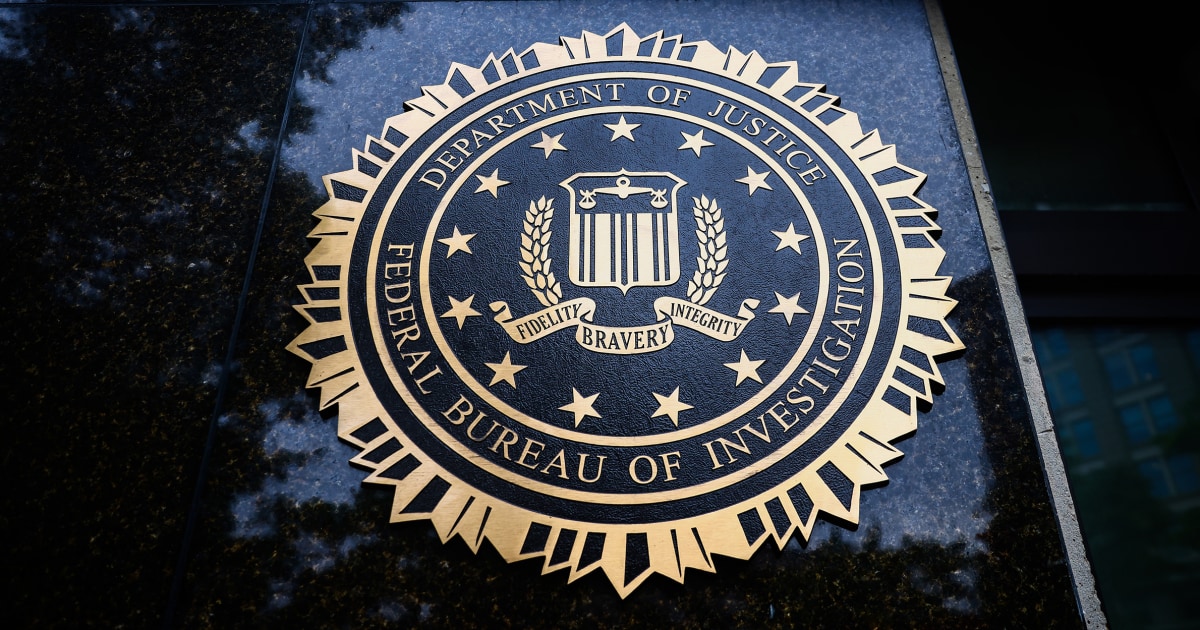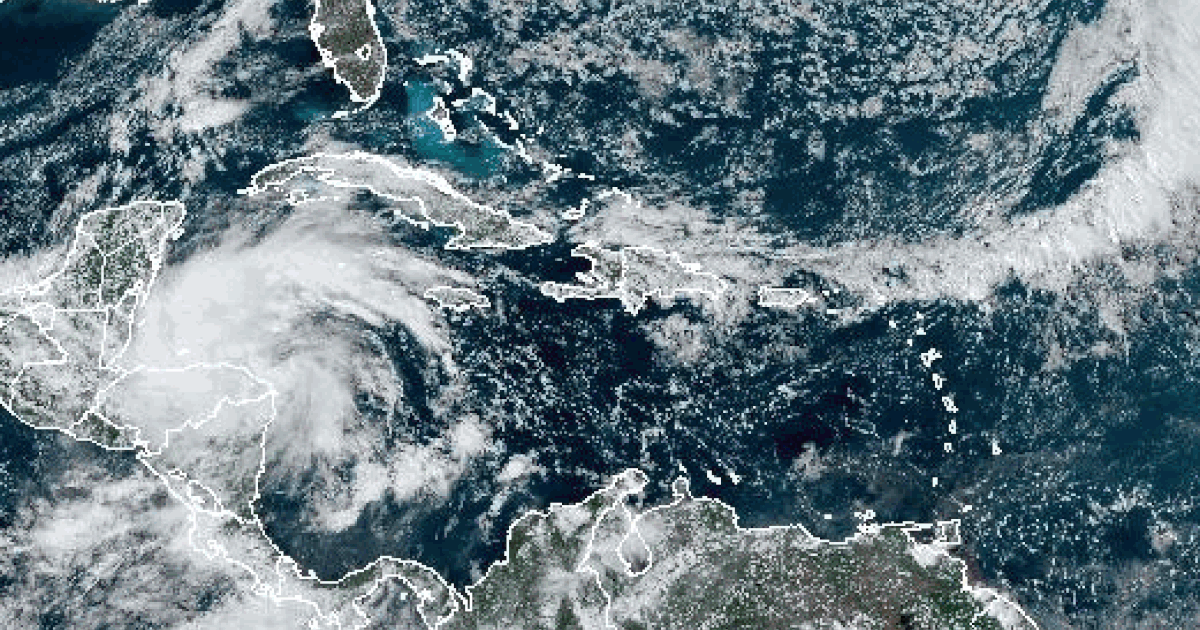In Brazil’s westernmost state of Acre, a gleaming new section of highway is being built to carry President Luiz Inacio Lula da Silva’s hopes of economic transformation.
It also risks bearing the full weight of Donald Trump’s protectionist policies.
The construction of a bridge and access roads over a 10 kilometer corridor leading to the Peruvian border may seem like a modest project for such a load. Its significance lies in being part of a whole network of new or upgraded arteries intended to link Brazil’s vast territory to its South American neighbors, from there to the Pacific Ocean — and on to China.
Brazil’s geography and colonial history meant that it’s traditionally looked to the Atlantic for commerce. Now, under the president universally known as Lula, it’s deepening ties with the Asia Pacific. The new road and rail system will cut the journey time of goods to Chinese ports by 10-12 days, and has the potential to add one percentage point — or some $22 billion — to Brazil’s GDP per year, according to conversations with officials and Ministry of Planning documents seen by Bloomberg News.
The infrastructure build-out is part of Lula’s grand plan to move Brazil up the value chain and develop economically, with Beijing’s help as key. It’s a strategy that will be on show when Chinese President Xi Jinping swings through Latin America, first for the Asia-Pacific Economic Cooperation forum in Peru this week, then the Group of 20 summit hosted by Lula in Rio de Janeiro, and culminating in a state visit to Brasilia.
But it’s a path that raised hackles in the US even before Trump’s election victory, with the Biden administration cautioning Brazil against deeper engagement with China and warning it off joining Xi’s signature Belt and Road infrastructure program. Given Trump’s calls for tariffs of up to 60% on Chinese imports, his administration threatens to be more aggressive still in confronting allies willing to break ranks on Beijing.
Lula is unbowed. Brazil already shares geopolitical goals with China, through the BRICS group of which they are both founding members and their joint proposal to end Russia’s war on Ukraine. Dilma Rouseff, Lula’s chosen successor as Brazilian president until she was impeached and removed from office in 2016, now heads the New Development Bank in Shanghai.
At a time when China is facing mounting obstacles to trade with the US as well as with European countries, Lula sees an opportunity for Latin America’s largest economy, according to four people with knowledge of the thinking in his government. All asked not to be named discussing sensitive investment matters.
Emboldened, Lula wants to take advantage of the Belt and Road without formally joining the initiative. His government is seeking Chinese participation in four projects: a domestic infrastructure program; regional integration routes; Brazil’s transition to clean energy; and industrial modernization. Brazil is in negotiations with China over funding, and wants to take the relationship beyond the export of commodities like iron ore and agricultural products, the people said.
Lula was typically combative in an August interview with a local news website in which he said the Chinese want to bring up the Belt and Road Initiative in his meeting with Xi. “We’re not going to close our eyes,” he said. “We’re going to say: ‘What’s in it for us?’”
China’s foreign ministry dispatched a delegation to Brazil in late October to prepare for Xi’s visit, with bilateral ties seen as good overall and no fundamental disagreements, according to a source close to the ministry. China is willing to build on its investments in the country, which already range from agriculture to electric vehicles, and sees Brazil as an ideal base for manufacturing as well as a gateway to other countries in Latin America with which it has free-trade agreements, the person said, asking not to be named as they are not authorized to speak to media.
The decision has been taken “to move our strategic partnership into a new, broader phase, and if the Chinese include the Belt and Road, we have no problem with that,” said Celso Amorim, Lula’s chief foreign policy adviser. “It’s neither in nor out, they can call it whatever they like.”
Washington is less blasé. Speaking at Bloomberg New Economy at B20 in Sao Paulo in October, US Trade Representative Katherine Tai said she “would encourage our friends in Brazil to look at the risks” of closer ties to China, and to “really think about what the best pathway is forward for more resilience in the Brazilian economy.”
President Joe Biden is expected to meet with Xi at EC then travel on to the G-20 in Rio, with a stopover in the Amazonian capital of Manaus to meet with local leaders working to preserve the rainforest. It just so happens that Chinese companies including carmaker BYD Co. have a strong presence in Manaus.
“It’s in Brazil’s economic interest not to choose sides in this feud between its top two trade partners. Its trade with China is more than double that with the US, but while the US receives mostly manufactured goods from Brazil, over three-quarters of Brazilian exports to China are commodities. The stock of American foreign direct investment in the country is over six times as large as Chinese FDI, but the latter is rising faster. If Trump intends to to use bilateral deals to tackle the US trade deficit, Brazil isn’t likely to be a priority as the US has a small surplus in its trade with Brazil.” — Adriana Dupita, Bloomberg Economics
Chinese investments have been advancing across Latin America in areas including electric mobility, renewable energy, urban infrastructure and high-end manufacturing. In the decade and a half to 2022, China invested some $96 billion in the countries of the Mercosur trade bloc — Brazil, Argentina, Uruguay, Paraguay and most recently Bolivia — and has said it plans to raise that amount to $250 billion by 2025.
A key conduit for investments will be the Chinese-owned port of Chancay in Peru, which when operational will be the first on the continent’s Pacific coast able to handle the largest container vessels traveling directly between Asia and South America. Much of Brazil’s new transport infrastructure will ultimately lead to Chancay. Xi is expected to inaugurate the port during his trip.
Billed as a $1.3 billion “megaport,” it’s majority owned and operated by China’s Cosco Shipping. That’s prompted US criticism of China’s expanding footprint in Latin America and concerns that the facility could pose a national security threat if used by the Chinese navy on America’s doorstep.
An op-ed in China’s state-backed Global Times on Oct. 20 dismissed such concerns as “a zero-sum game mentality.” Mario de las Casas, corporate affairs manager at Chancay, denied there is a risk, saying Peruvian laws require congressional approval for the presence of foreign military, and focused on its potential.
“This port is going to be a hub that will receive loads from Chile, Ecuador, Colombia, and we hope Brazil too,” said De las Casas. “With a railroad from Brazil to Peru, South America will become a global power.”
Brazil could help coordinate such Belt and Road projects for BRICS members, but “it really needs to sign a MOU with China,” said Wang Yiwei, a professor of international relations at Renmin University and former Chinese diplomat who is seen as close to the government in Beijing. Brazil’s leftist government under Lula “shares similar values with China, not just limited shared interests, so this is an opportunity,” he said.
If so, it’s one that is unlikely to escape the incoming Trump administration’s attention, especially under the watch of Elon Musk, a vocal supporter of Lula’s predecessor, Jair Bolsonaro, who has clashed with Brazilian authorities over disinformation on his social network X.
Chinese investments in Brazil are increasingly moving from announcement to fruition, and encroaching on what might have once been considered US turf. They include BYD’s most extensive electric-vehicle operation outside of Asia — based out of a former Ford Motor Co. plant in Bahia state — and a local partnership with Chinese smartphone maker Oppo. Brazil is also courting SpaceSail, a Shanghai-based satellite manufacturer, to compete with Musk’s Starlink Internet service.
Until 2017, the first year of Trump’s first administration, the US was the largest supplier of soybeans to China. With Trump’s imposition of tariffs, a trade war and subsequent standoff, Brazil stepped in to take its place. Brazil is now China’s biggest supplier of food imports overall.
“The fact that China is investing more in developing than in developed countries reflects the increased tensions with the US and the EU and the growing barriers imposed by these countries on Beijing,” said Claudia Trevisan, executive director of the Brazil-China Business Council.
Trump has spoken of tariffs of as much as 20% on all imports, a move that would hit Brazil’s shipments as well as those of other allies. Yet his threat of even steeper levies on China could decimate bilateral trade, handing business to Brazil. According to Trevisan, Brasilia has a chance to take the lead in negotiating with Beijing on behalf of other Latin American countries, maximizing leverage by acting as a strategic bloc, but the necessary regional coordination is lacking.
“Beijing has investments in Chile, Argentina, Brazil, Bolivia, Peru and there is neither a partnership in the region on how to deal with it nor how to discuss investments in infrastructure that creates connectivity in the area,” she said. “It’s each to his own.”
Lula’s government is working to bolster that connectivity through its “South American Integration Routes” project, with 190 infrastructure works in the 11 states that border its neighbors. It has high expectations that Beijing-based China Communications Construction Co., or CCCC, will join auctions for the construction of highways and later railroads, according to an official in Brasilia.
The Brazilian government has allocated $700 million for domestic works, while special funds amounting to some $10 billion were created for its neighbors through multilateral development banks led by Brazil’s BNDES, the Inter American Development Bank IDB and the CAF development bank of Latin America and the Caribbean, the planning documents show.
Irrespective of the sentiment in Washington, there’s an ongoing debate in Brazil over whether joining the Belt and Road would help to yield immediate Chinese investment, the Brazilian official said.
As to what’s in it for China, Xi may not be entirely altruistic, according to Ja Ian Chong, an associate professor of political science at the National University of Singapore.
“I am sure Xi is open to cooperating with Lula, although I am less sure if the intention is to help Lula,” Chong said. “The point may be more about securing commodities from Brazil and getting more access to a major market.”
Simone Tebet, Brazilian planning minister, says that a “geo-economic shift” from the country’s southeastern industrial base to the agribusinesses of the center-west has been underway for some time as a result of Asia’s demand for food. That explains the pivot to the Pacific, not just to more readily access China but also markets such as Vietnam, Indonesia, Korea and Bangladesh. The reality is that moves toward regional integration need outside investment and expertise, and China is the only game in town.
“I’ve been to Washington. They have interest in sanitation, in green infrastructure,” but few other investments, she said. China-Brazil relations are “mature enough” to meet each other’s interests, however, regardless of Belt and Road membership.
“It needs cheaper food and Brazil is able to provide it,” she said. “If you have railroads, you get there faster and cheaper.”
With assistance from Giovanna Serafim, Rebecca Choong Wilkins, Jing Li and Marcelo Rochabrun.
This article was generated from an automated news agency feed without modifications to text.
Catch all the Business News , Breaking News Events and Latest News Updates on Live Mint. Download The Mint News App to get Daily Market Updates.
MoreLess








